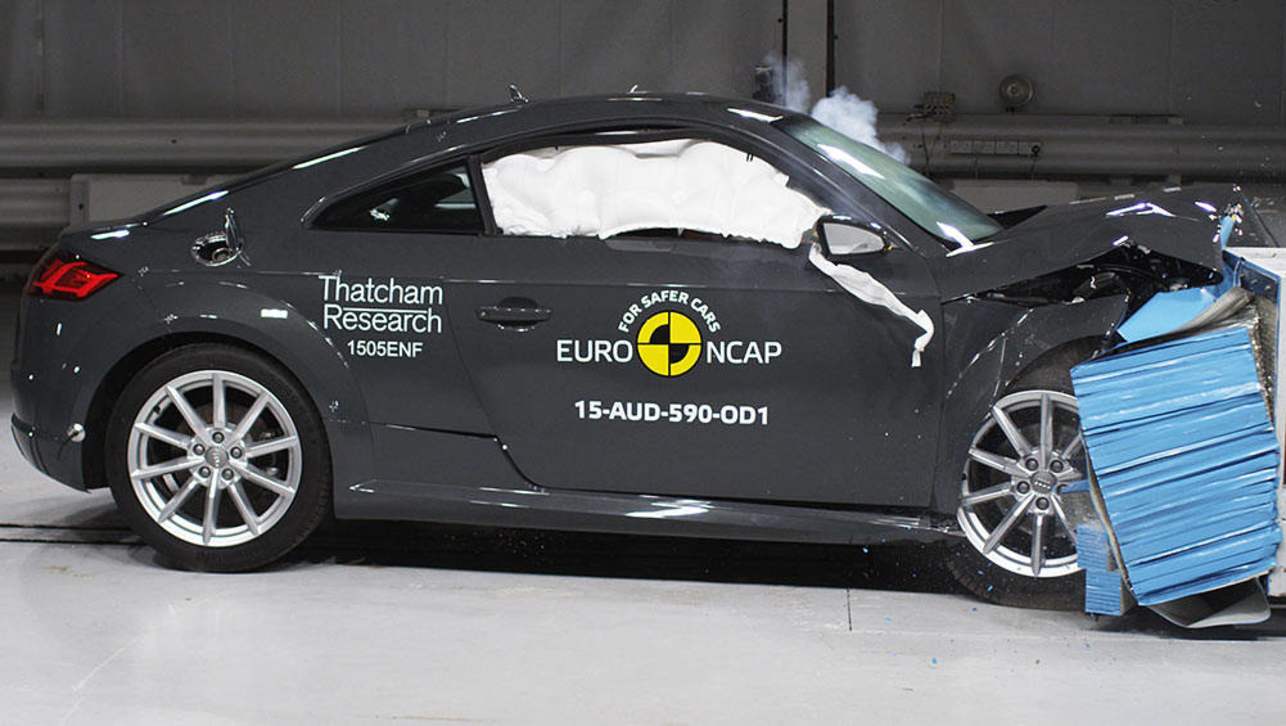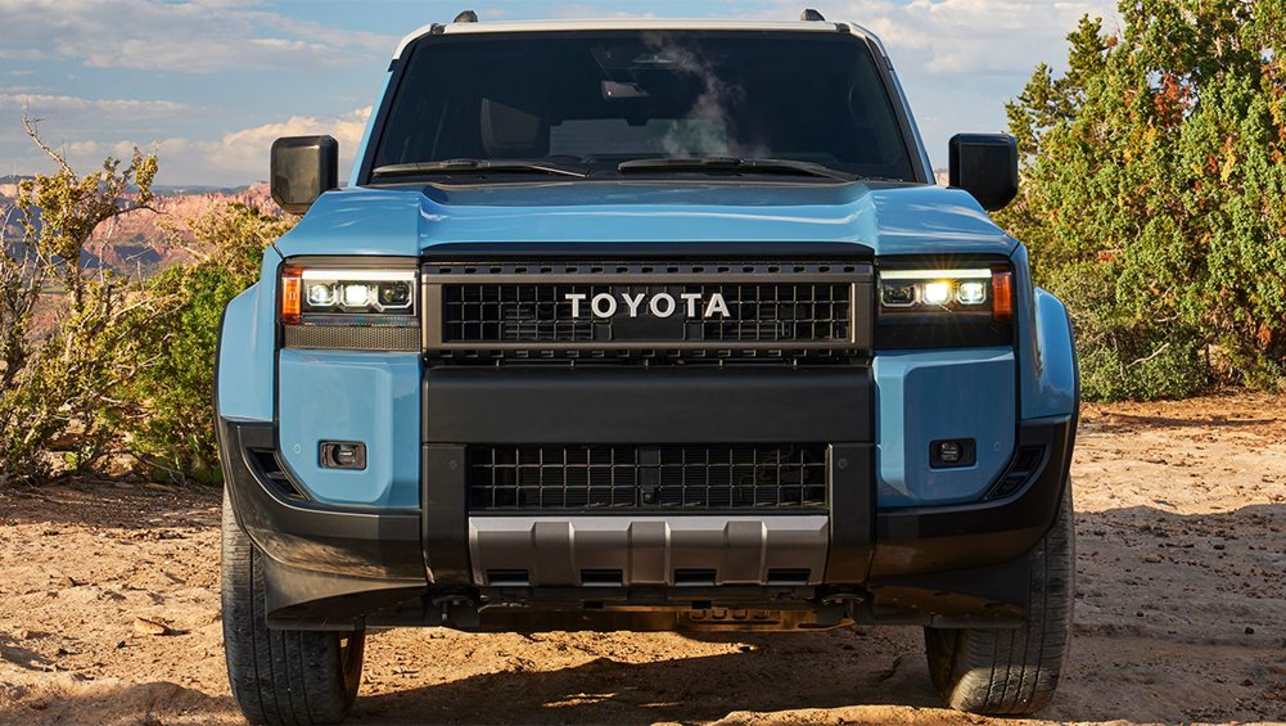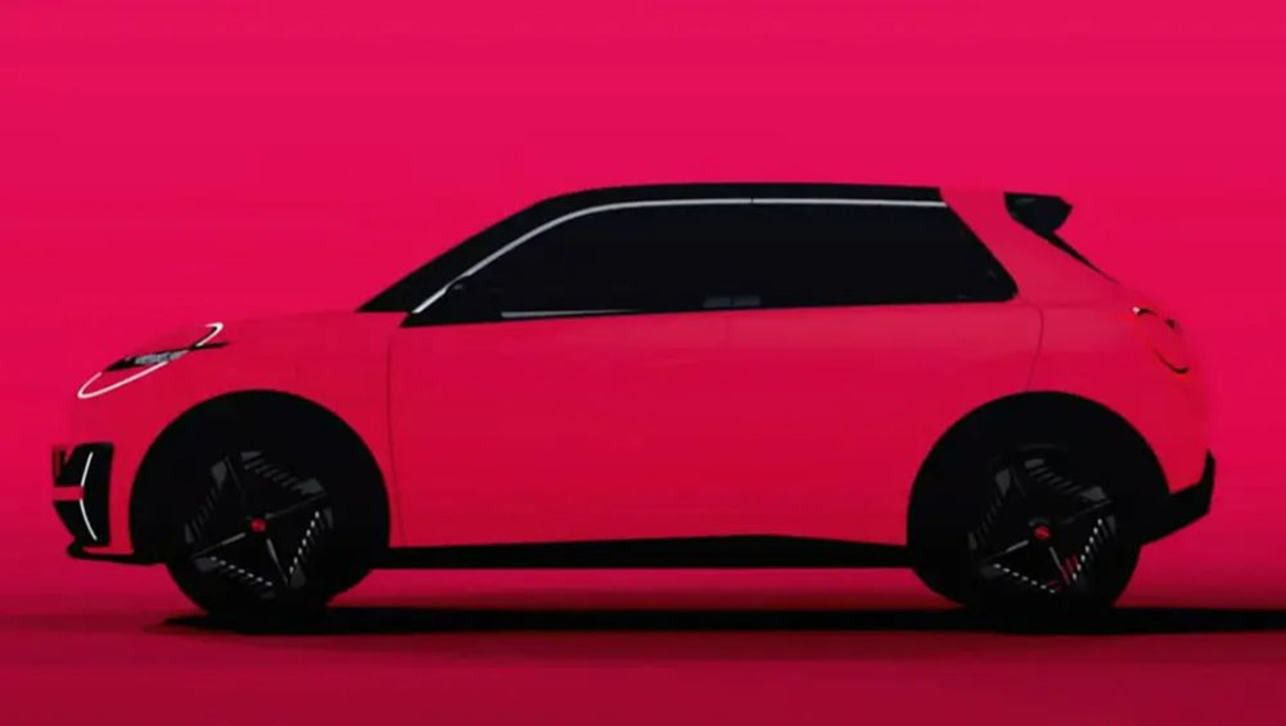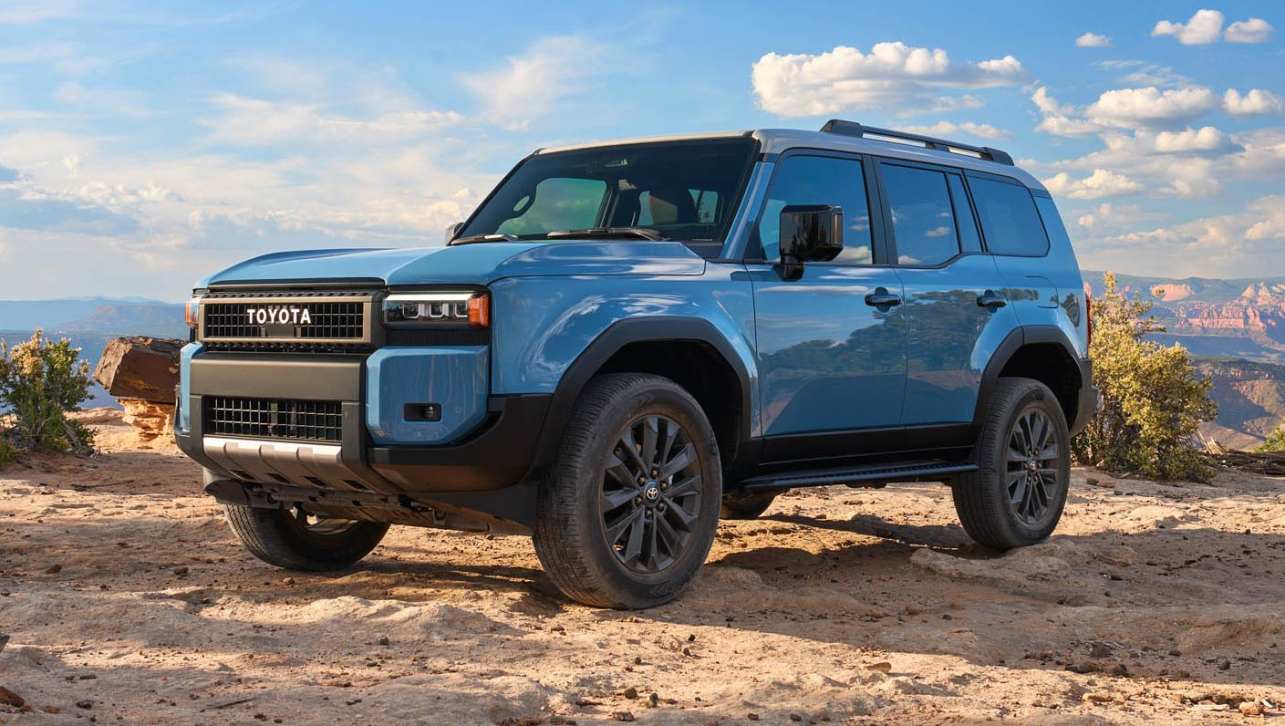Once again controversy has greeted the latest round of independent car crash testing.
Audi's $70,000-plus TT sports car achieved only a four-star rating, while two Mazdas got a five-star rating in Australia despite getting just four stars in overseas tests.
In the offset frontal crash at 64km/h, Audi's TT performed well — its relatively high score of 13.79 out of 16 would have once made it eligible for five stars.
However, the two-door was penalised for a lack of supplementary safety such as a rear-view camera. Cameras are now standard on the likes of $14,990 hatchbacks.
Audi was roundly criticised for this basic safety oversight when the TT went on sale in Australia earlier this year.
A rear camera is standard on Audis arriving this month, but can not be fitted to vehicles already sold.
Safety regulators say most cars can be used to transport young ones in baby capsules and, therefore, the usual criteria should stand
The TT also was penalised for "inadequate child occupant protection". Audi claims the TT's child protection is good for a sports car.
The maker says: "Euro NCAP and ANCAP referenced the fact that the limited space in the rear meant that certain child seats could only be used with restrictions, or were difficult to fit. But ... the TT achieves a strong rating in the sports car category."
However, safety regulators say most cars can be used to transport young ones in baby capsules and, therefore, the usual criteria should stand.
Audi says all its cars "substantially exceeded globally applicable legal requirements", adding that the TT scores the top rating for adult and pedestrian protection.
Meanwhile, the Mazda CX-3 soft-roader and new Mazda2 sedan were awarded five stars by ANCAP despite getting only four stars from the affiliated EuroNCAP.
The two authorities are aiming to standardise their ratings in coming years, but in this case the European body took a harder line on the Mazdas' lack of standard safety gear.
Both Mazdas have autonomous emergency braking available as an option, although the Mazda2 controversially has no reversing camera on the base model.
Australian testers awarded the cars points for having the technology. The European body didn't because it ruled that not enough buyers were taking the safety option.
Mazda figures show that 28.5 per cent of CX-3s sold here have the technology. It is standard on the top-of-the-range Akari model, which accounts for 15 per cent of the total sales.
Autonomous braking uses cameras and sensors to detect potential collisions and apply the brakes at lower speeds either to avoid a crash or reduce its severity.



.jpg)

.jpg)
.jpg)


.jpg)
.jpg)
.jpg)

.jpg)


.jpg)


.jpg)

.jpg)


.jpg)
.jpg)




Comments